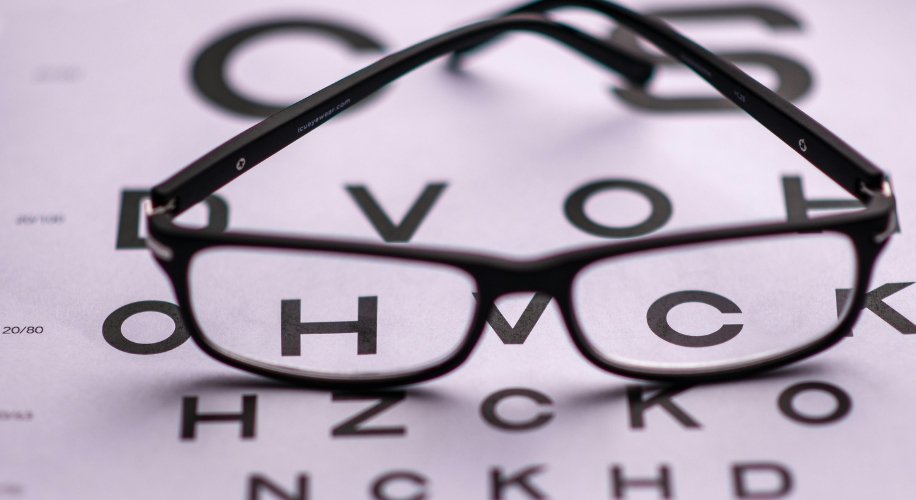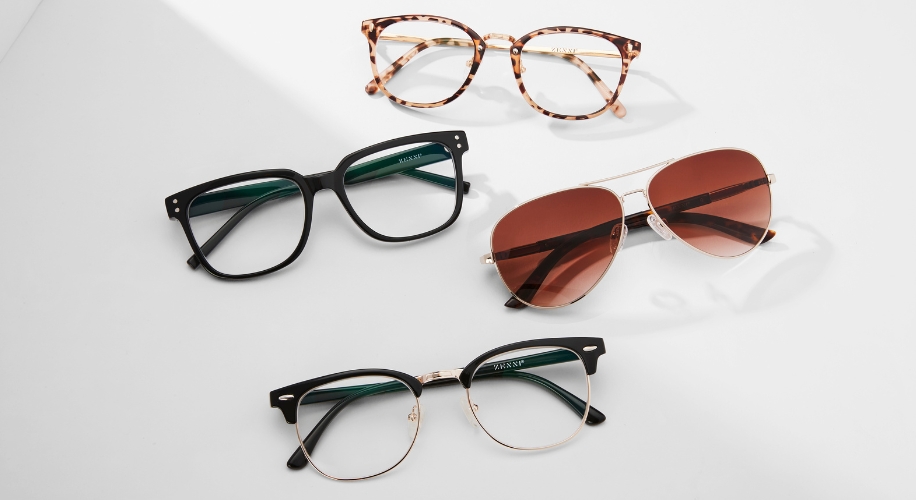Understanding 20/40 Vision: What Does it Mean?
- BY Dr. Steven Liem
- IN Eye Care

Have you ever heard someone mention that they have 20/20 vision, but then you wonder what it means when someone says they have 20/40 vision? Vision is a fascinating aspect of our sensory perception, and understanding how it’s measured can shed light on the clarity of what we see.
How Vision is Measured
Vision is typically measured using a Snellen chart, which is a standardized chart featuring rows of letters in different sizes. The letters at the top are larger and easier to see, while those at the bottom are smaller and more challenging. When you undergo an eye exam, you’ll be asked to read the letters on the chart from a specific distance, usually 20 feet.
Deciphering the Numbers
The numbers associated with vision measurements represent a ratio. The first number indicates the distance at which the test is conducted, usually 20 feet. The second number represents the distance at which a person with normal vision can read the same line you’re reading.
Having 20/20 vision means that you can see at 20 feet what a person with normal vision can also see at 20 feet, such as a street sign. This is considered the standard for normal visual acuity.
Comparing 20/40 to 20/20 Vision
Now, let’s compare 20/40 vision to the benchmark of 20/20 vision. If you have 20/40 vision, it means that you can read at 20 feet what a person with normal vision can read at 40 feet. This indicates that your vision is not as sharp. You need to be at 20 feet to see what someone with 20/20 vision can see at 40 feet.
The Significance of 20/40 Vision and Cataracts
A common condition associated with 20/40 vision is cataracts. Cataracts occur when the lens of the eye becomes cloudy, leading to blurred vision. As cataracts progress, they can significantly impact visual acuity, often resulting in 20/40 vision or worse. While cataracts are typically associated with aging, they can also develop due to factors like diabetes, smoking, and prolonged exposure to sunlight. Sunglasses are a great way to protect your eyes from the UV light and reduce the risk of developing cataracts while you are young.
Addressing 20/40 Vision
If you’ve been diagnosed with 20/40 vision, don’t fret. There are options available to address this impairment in visual acuity and improve your sight. Whether it’s through eyeglasses or surgical procedures, addressing vision issues can lead to improved quality of life and a clearer view of the world around us.



